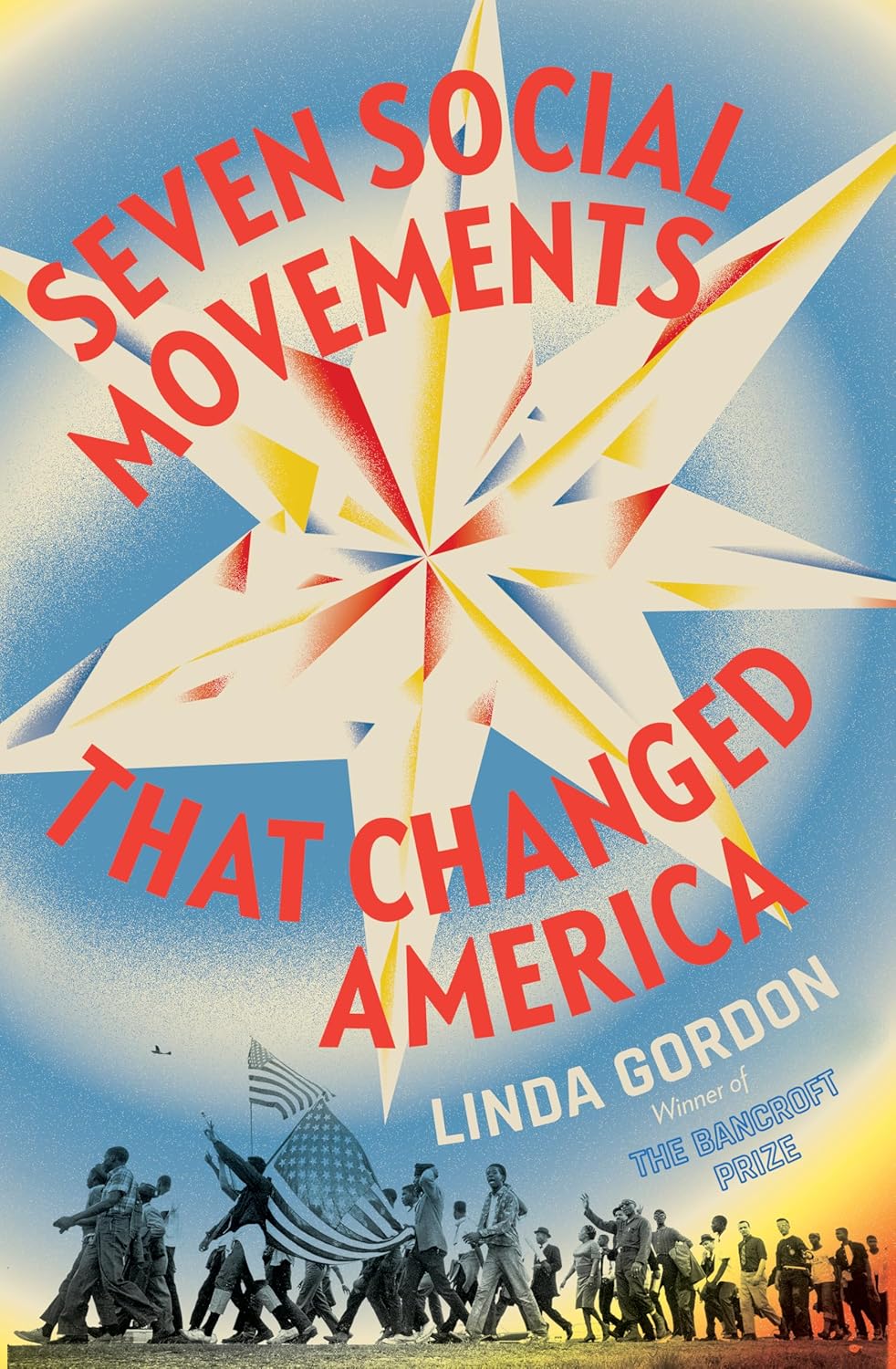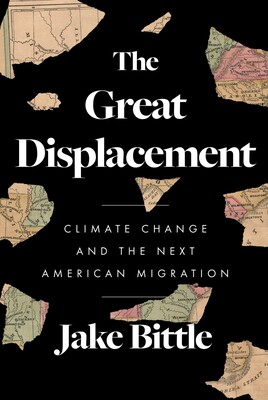Seven Social Movements That Changed America
- By Linda Gordon
- Liveright
- 528 pp.
- Reviewed by C.B. Santore
- March 25, 2025
Though imperfect, collective action has long been the way forward.

Seven Social Movements That Changed America is a bland title for an informative read, especially for those interested in the juncture of U.S. social and political history. I suggest an alternative title: How Social Movements Reformed America Despite Intolerance and Bigotry. Similar to Time magazine’s recognition of Person of the Year, social movements can be for good or ill, but only one covered in the book — the revival of the Ku Klux Klan in the first decades of the 20th century — is outside the narrative’s progressive arc, with the caveat that “progressive” to some may not necessarily equate to good.
Author Linda Gordon, a professor of history and University Professor of the Humanities at NYU, studies the roots of social-policy issues. She defines a social movement as large-scale, participatory activism beyond electoral politics that is aimed at societal change.
Her book advances chronologically, covering movements that sought to expand and protect individual rights, beginning with women’s suffrage in the late 19th century, through the social-welfare and workers-rights movements of the mid-20th century, to more current efforts for race and gender equality. Gordon’s story ends with the movement for social justice across race, gender, sexuality, and class known as intersectionality, which recognizes the multiplying effect of discrimination across identities.
Along the way, we meet a host of interesting characters, including reformer Jane Adams, the radio priest Father Charles Coughlin, Rosa Parks, a young Martin Luther King Jr., and farmworker-organizer Cesar Chavez. There is a thread running through the narrative of persistent anti-elitism, anti-communism, antisemitism, nativism, racism, and misogyny in our history.
Although social movements vary, Gordon discerns several elements common to all. They bring people together in a less structured form than traditional organizations. They can be defeated but rarely disappear completely. The political debate they foment challenges the status quo and connects people, providing them both information and misinformation.
Gordon also notes that social movements sometimes advance ideas initially perceived as too radical. Such proposals, although rejected at first, can pave the way for more moderate, acceptable ones. For example, the Townsend Movement’s call for an old-age pension larger than the average family income at the time — and funded by regressive taxes that wouldn’t cover its costs — morphed into the more tolerable provisions of the Social Security Act in the New Deal.
Not surprisingly, social movements are a product of their times. The ones the author discusses generally had prescribed roles for women befitting the social mores of their era. Exceptions exist but are limited. Some movements were intolerant, undemocratic, or corrupt. Most were racist.
Even those well-schooled in U.S. history will learn something new here. The story of the Montgomery Bus Boycott, for one, is told in great detail. The boycott held firm over the course of an entire year and had such widespread, determined support from the city’s Black community that nearly all embraced walking and a network of informal ride-sharing in lieu of using buses, despite the enormous inconvenience. And not all of Chavez’s United Farm Workers were of Mexican heritage; many Filipinos and some Arabs were among them, which helped employers divide the migrants and subvert organizational efforts.
In what may be the most interesting chapter of the book, Gordon shows that KKK activity in the 1920s and 1930s was more extensive and accepted than one might’ve thought. Her finding that participation in a social movement brings pleasure, camaraderie, and entertainment is a subtle but compelling observation that helps readers understand the Klan’s broad appeal. Supporters included ministers, some of whom openly preached its message from the pulpit. (Evangelicals were markedly more attracted to the Klan than other denominations.) Additionally, Klan objectives had the implicit and sometimes explicit support of public officials; many who did not support its goals were nonetheless intimidated into silent acquiescence, increasing the Klan’s ability to implement its agenda.
The book draws no overt parallels to today’s politics, but readers will. Gordon’s more notable observations about these social movements invite such comparisons. On the revival of the KKK, for instance, she notes how rallies made its mass following visible and intimidated politicians into seeking Klan support or at least muting their challenges to it. The Klan’s greatest accomplishment, in her estimation, was not electing members to office but normalizing bigotry.
Gordon, objective throughout, describes the positive aspects of social movements as well as their flaws and the failings of their leaders. But, on balance, her view of progressive social movements is favorable. No form of political activity has done more to make democracy more inclusive and participatory. “The defense of democracy,” she concludes, “will continue to need social movements.”
C.B. Santore is a freelance writer and editor in East Hampton, CT.

